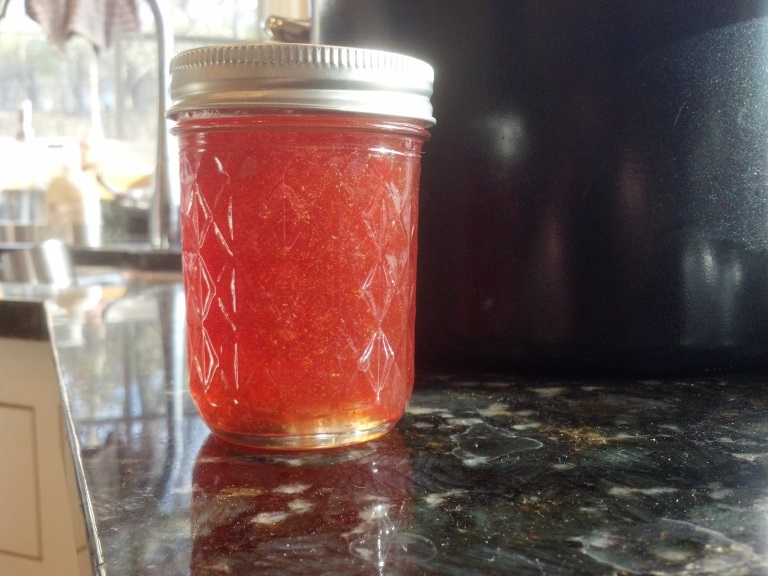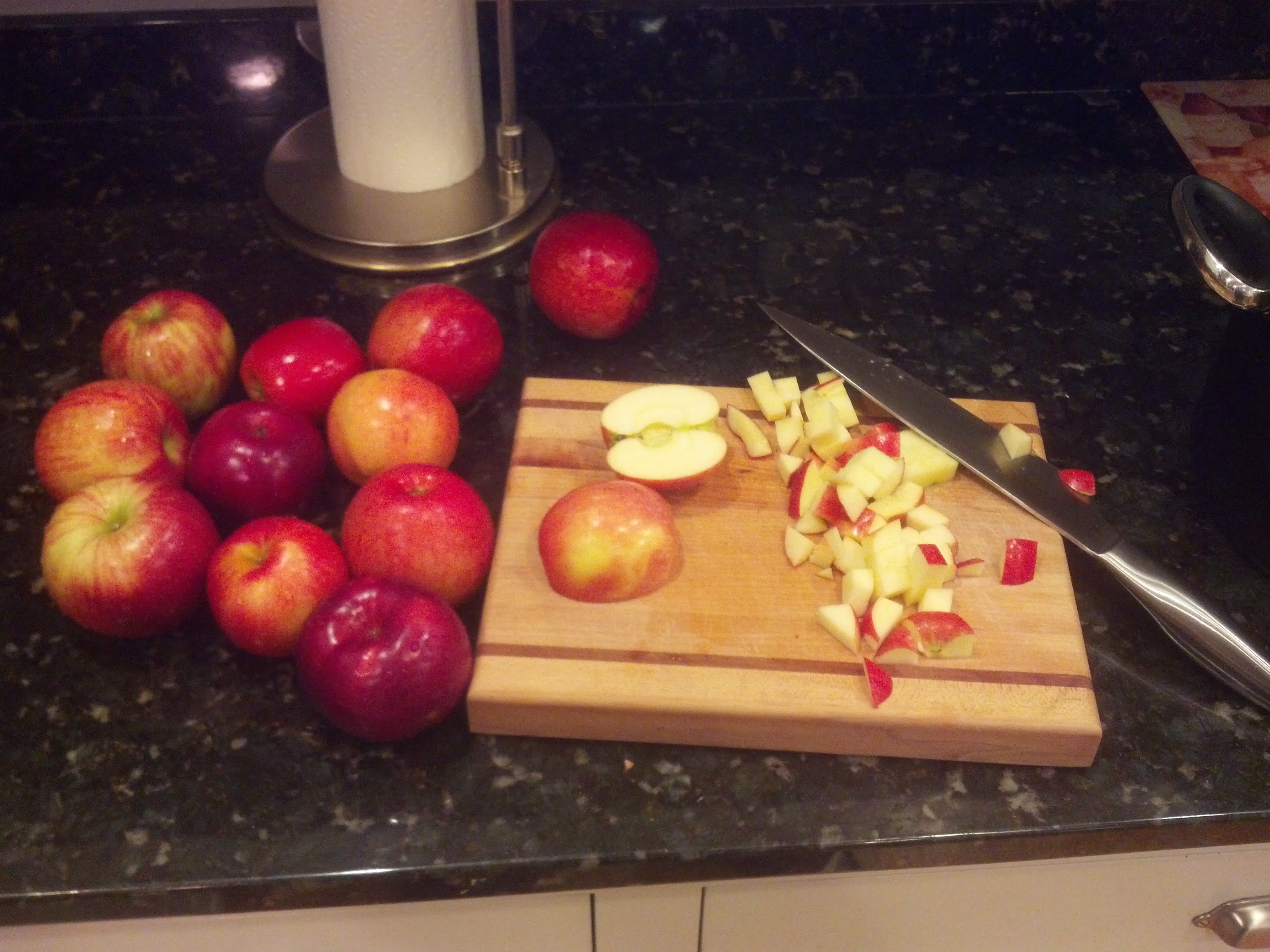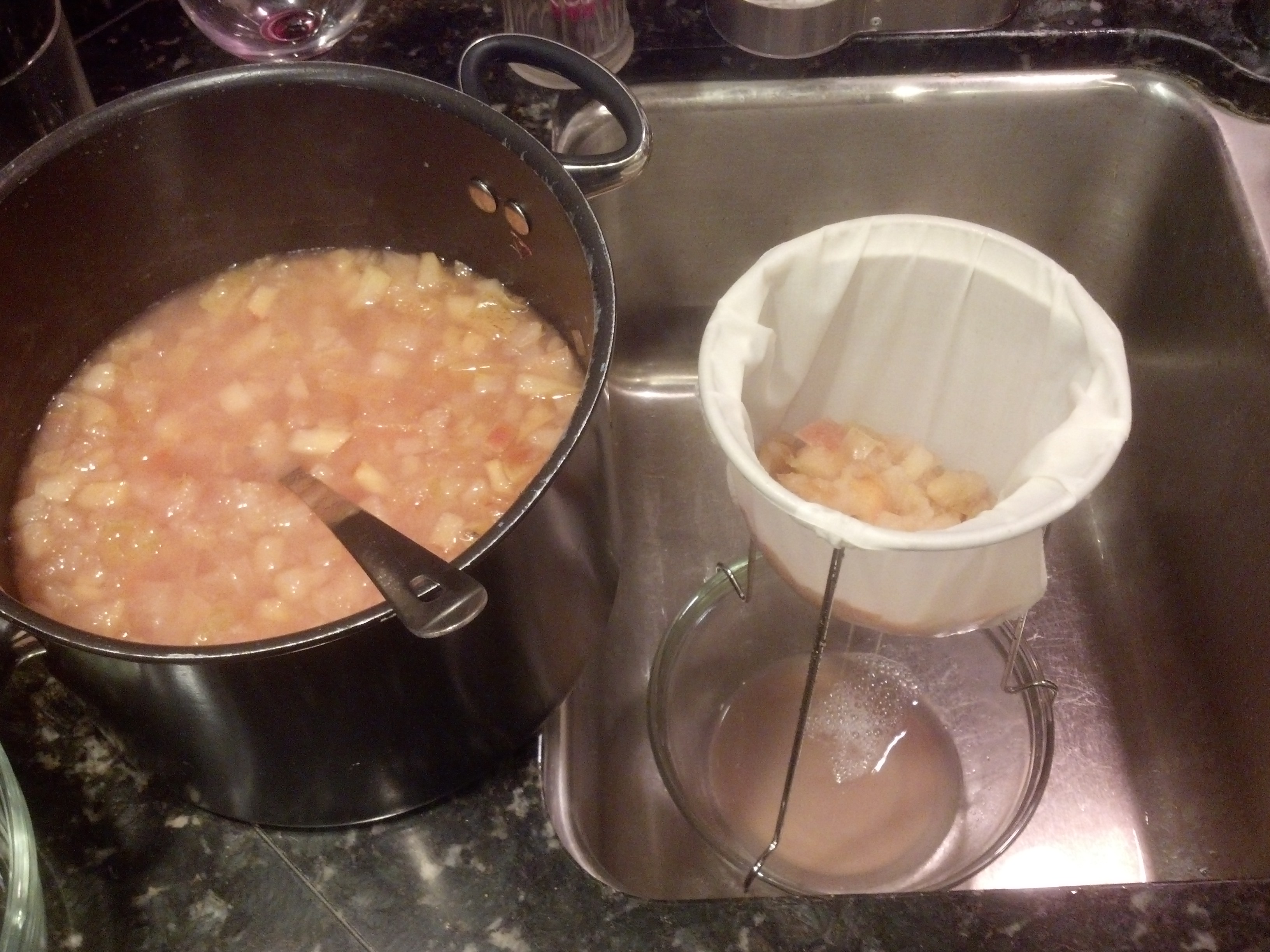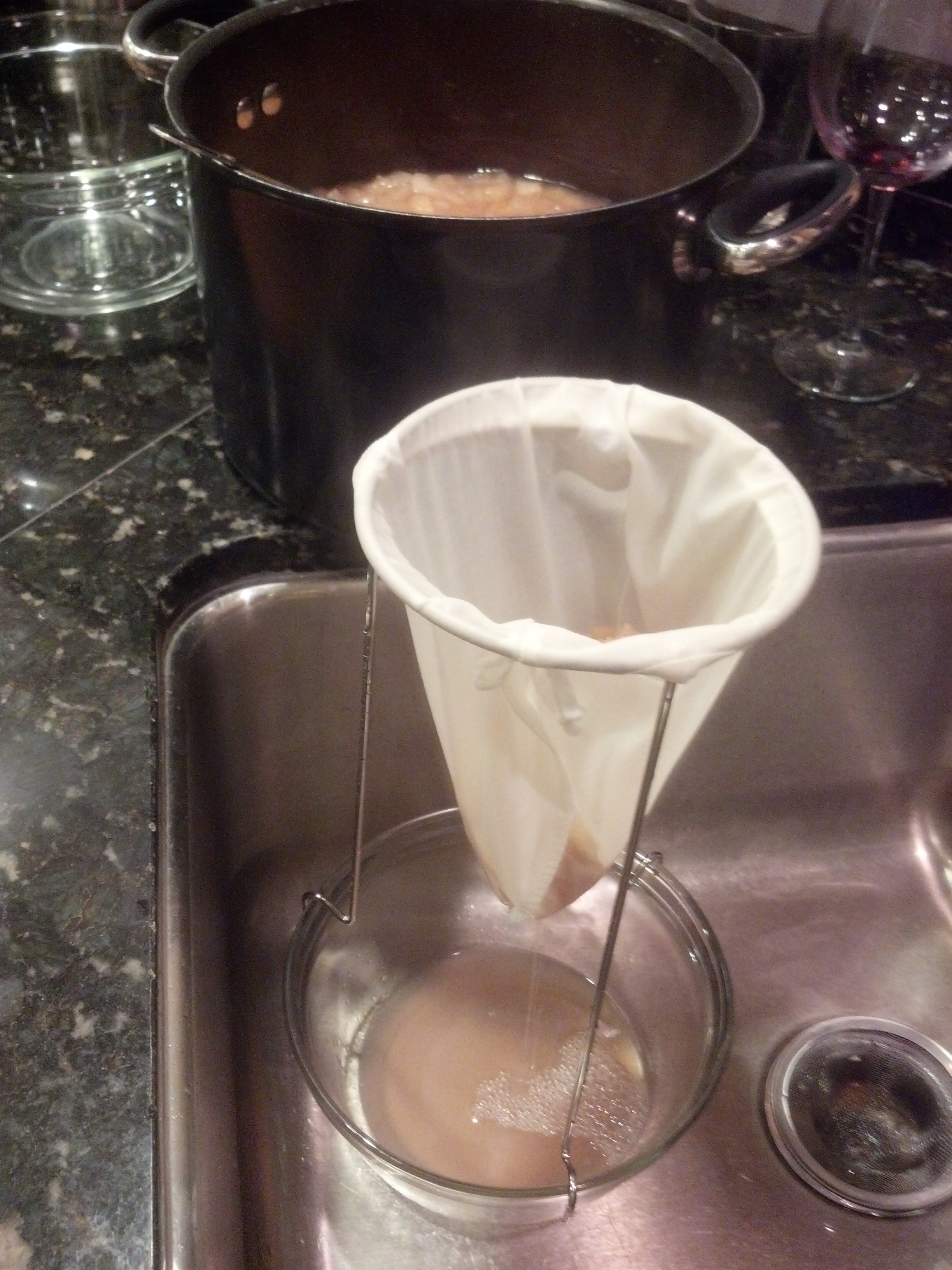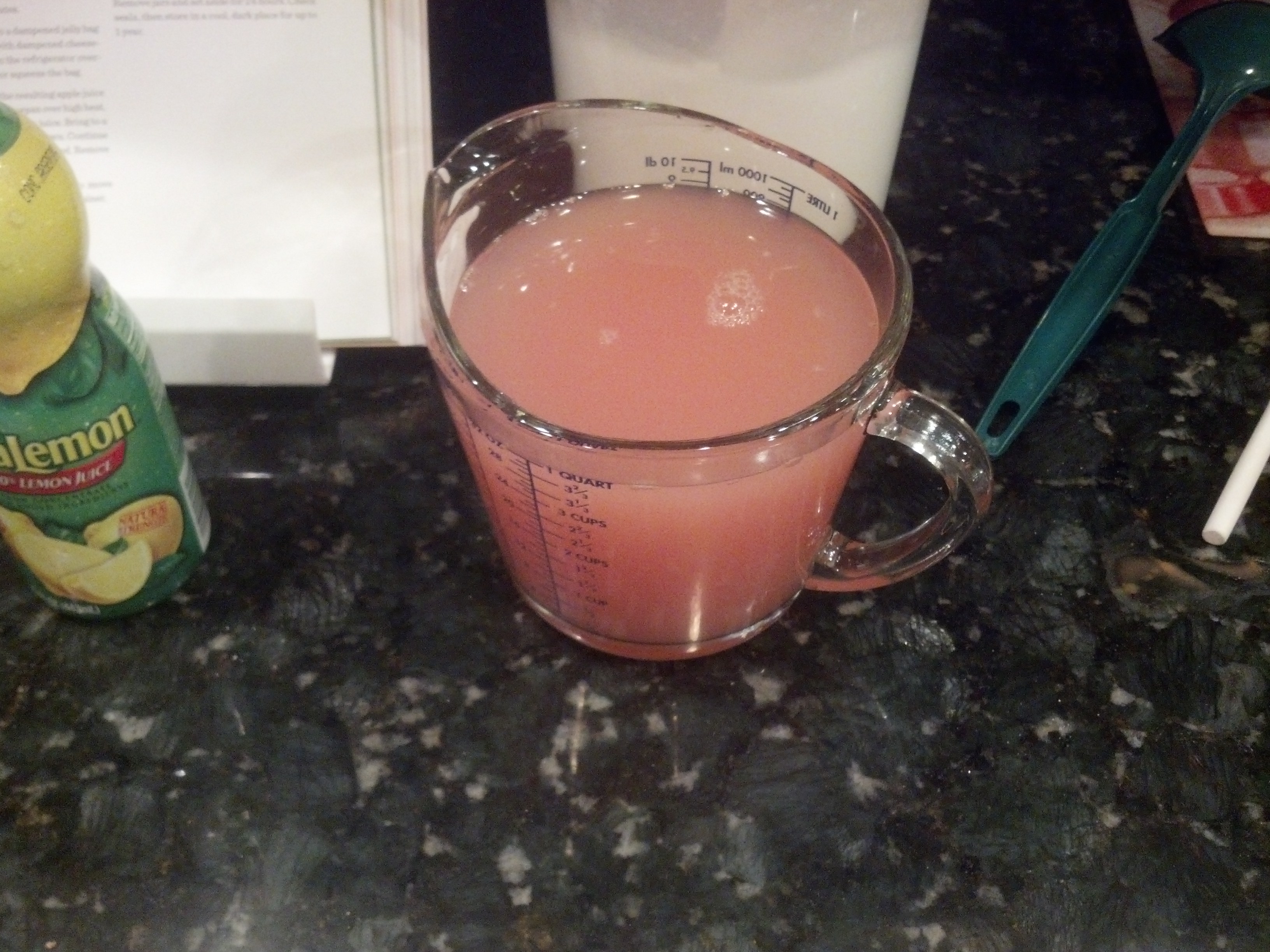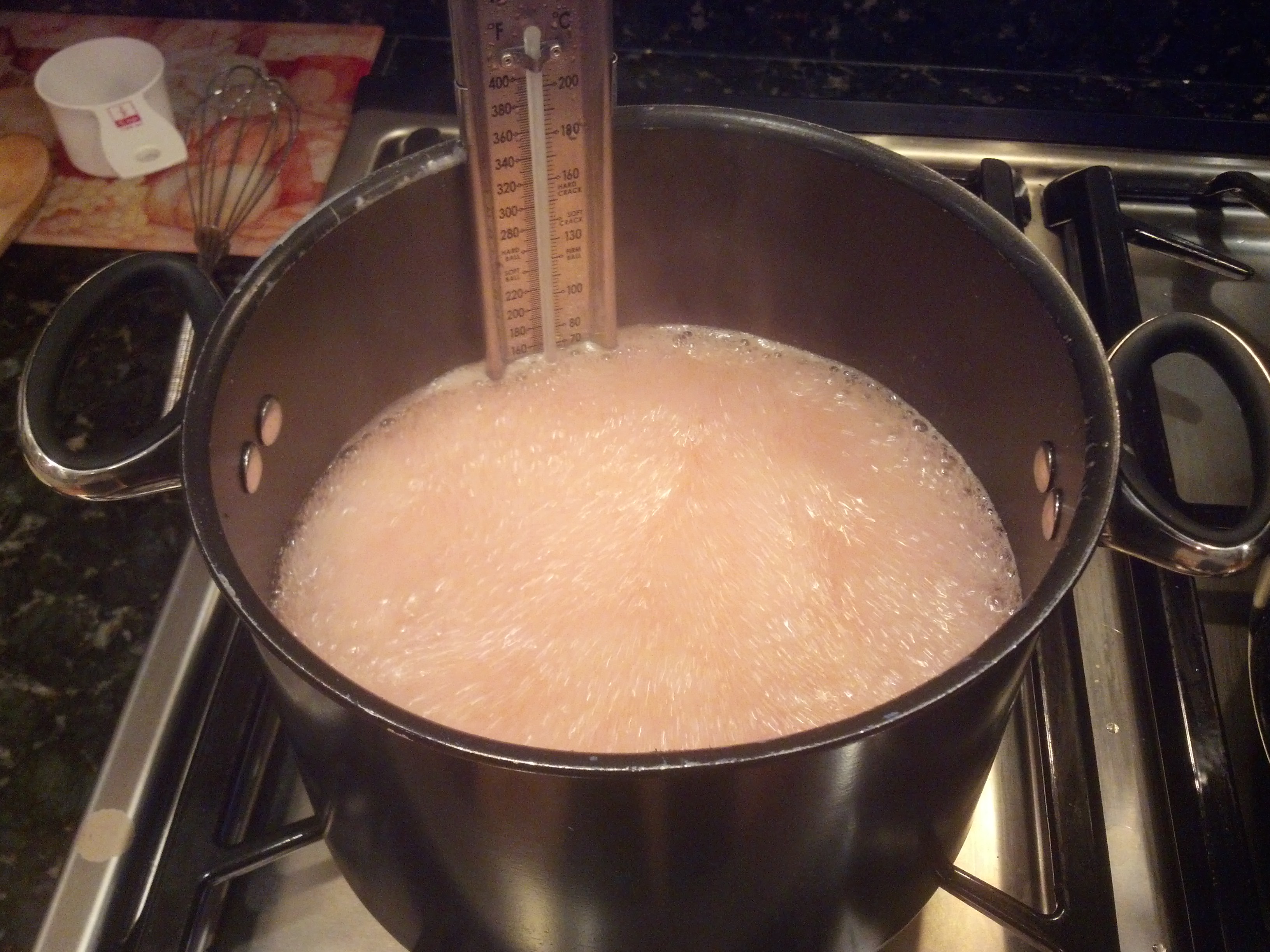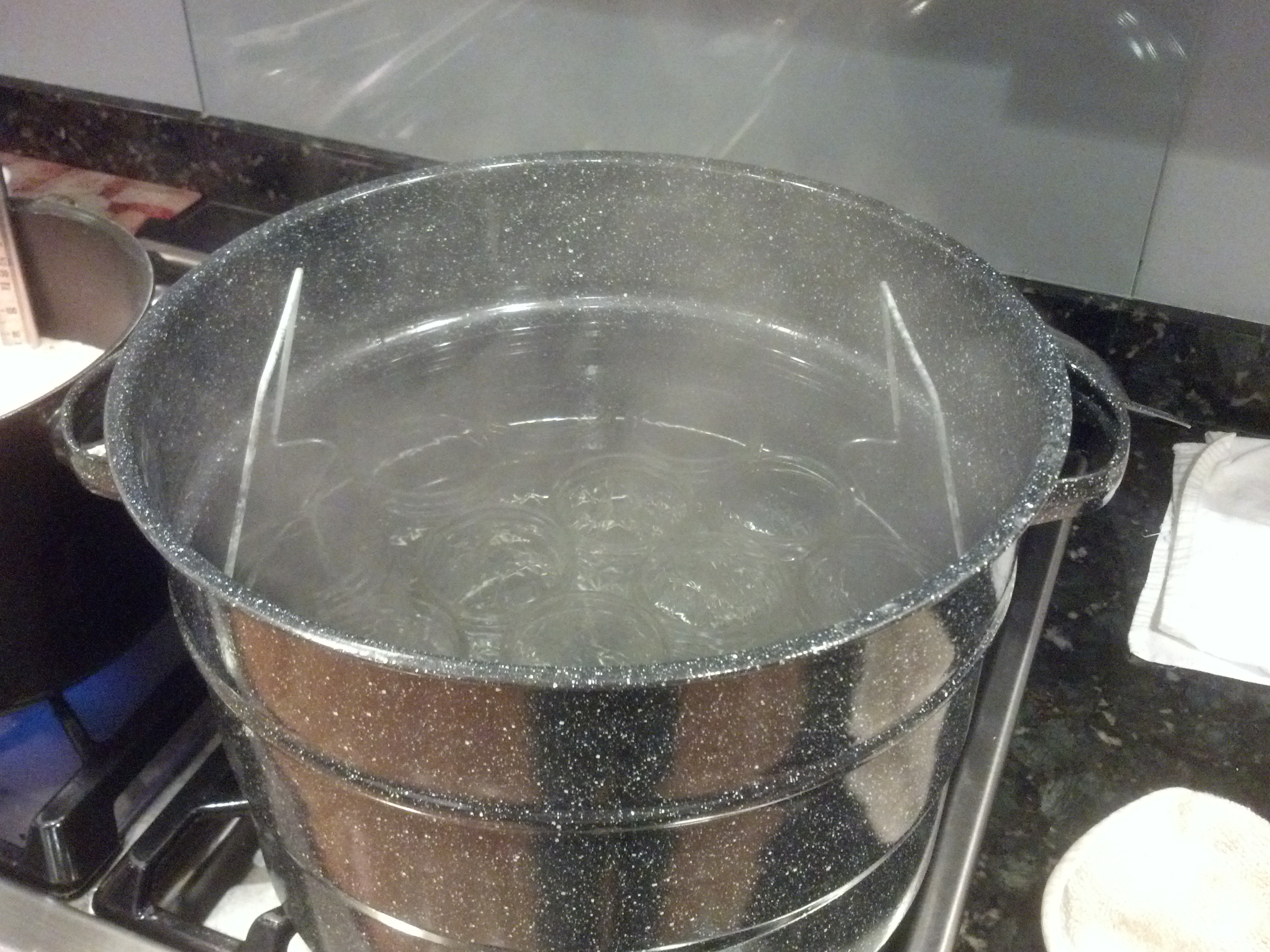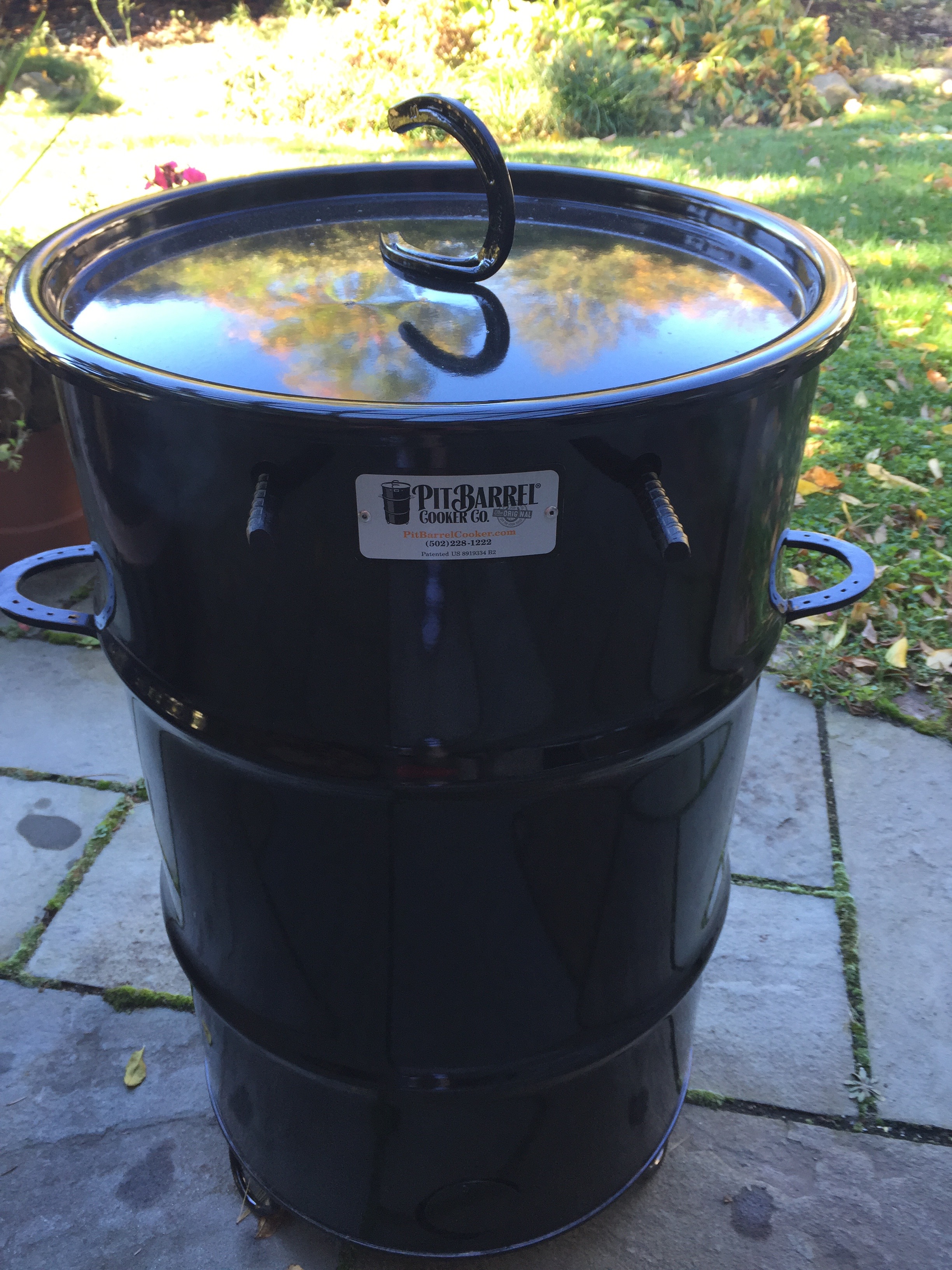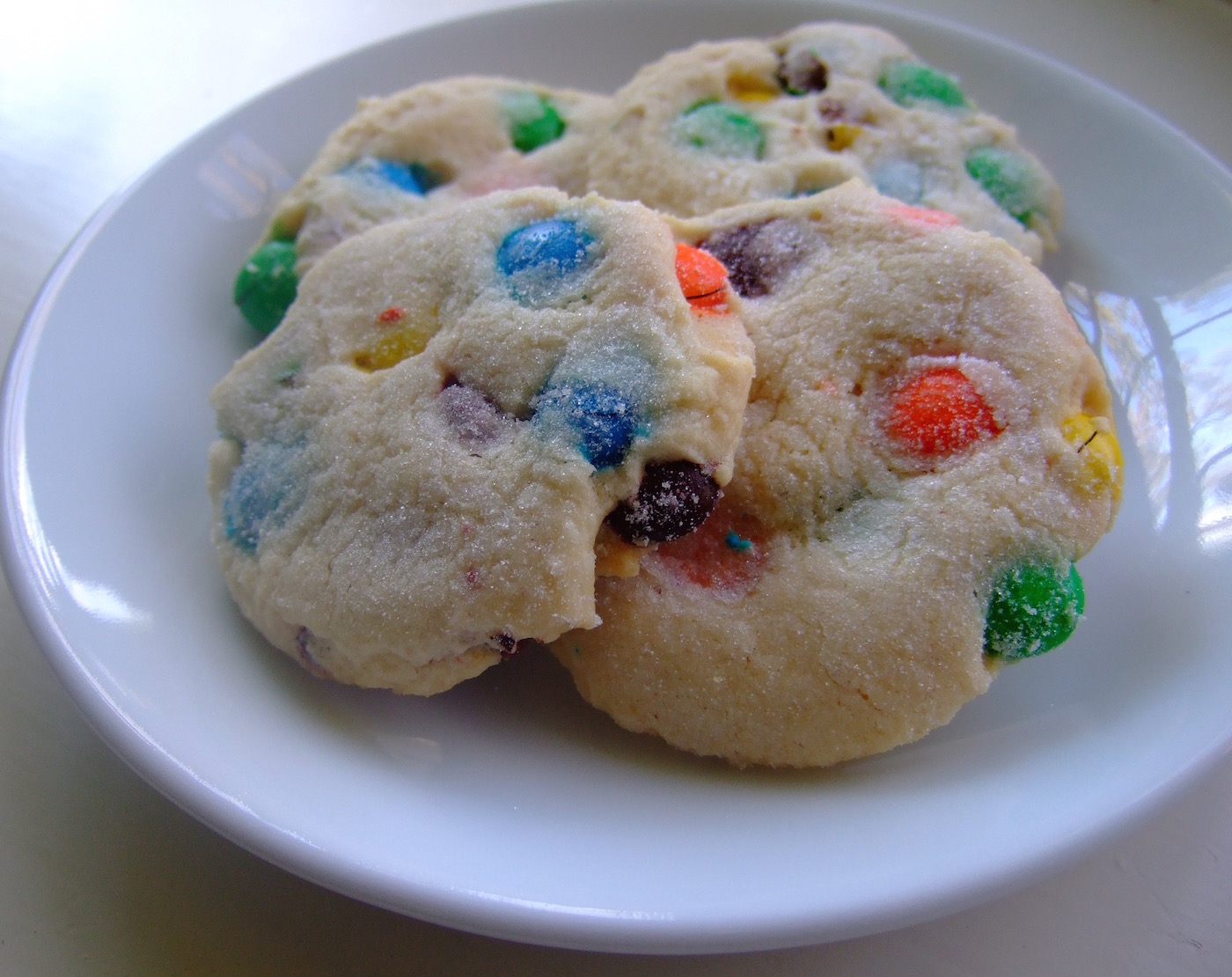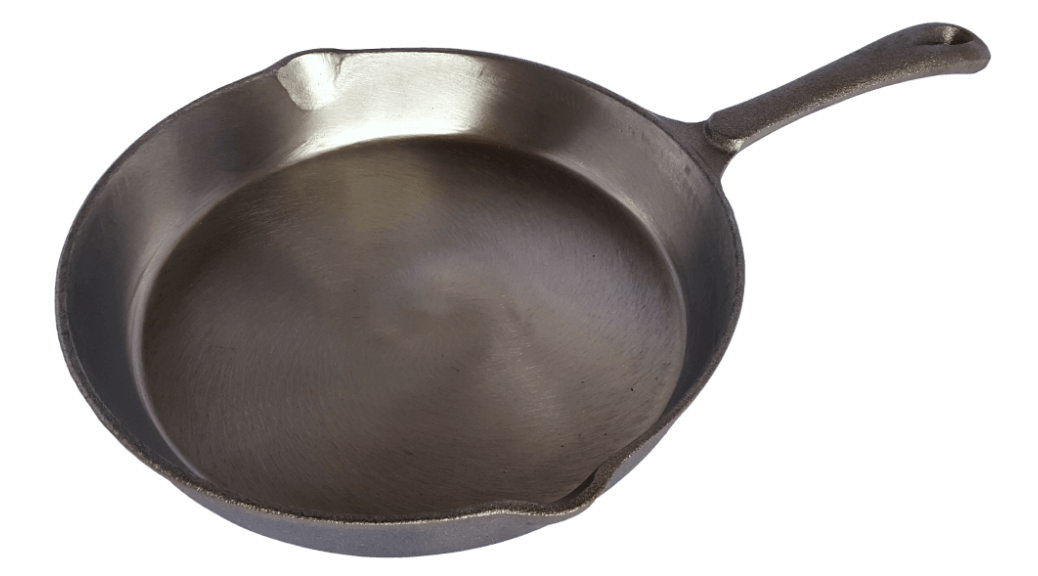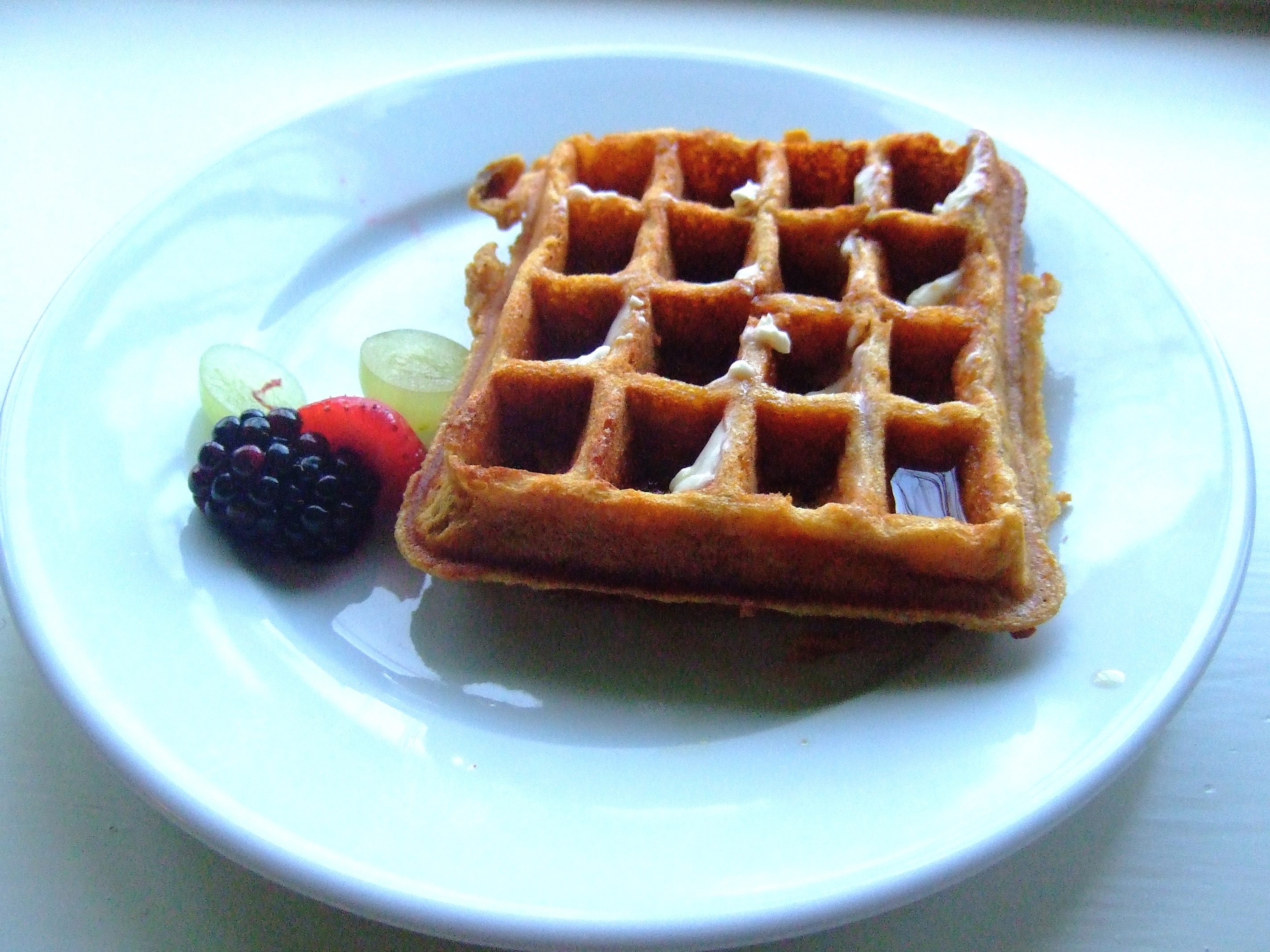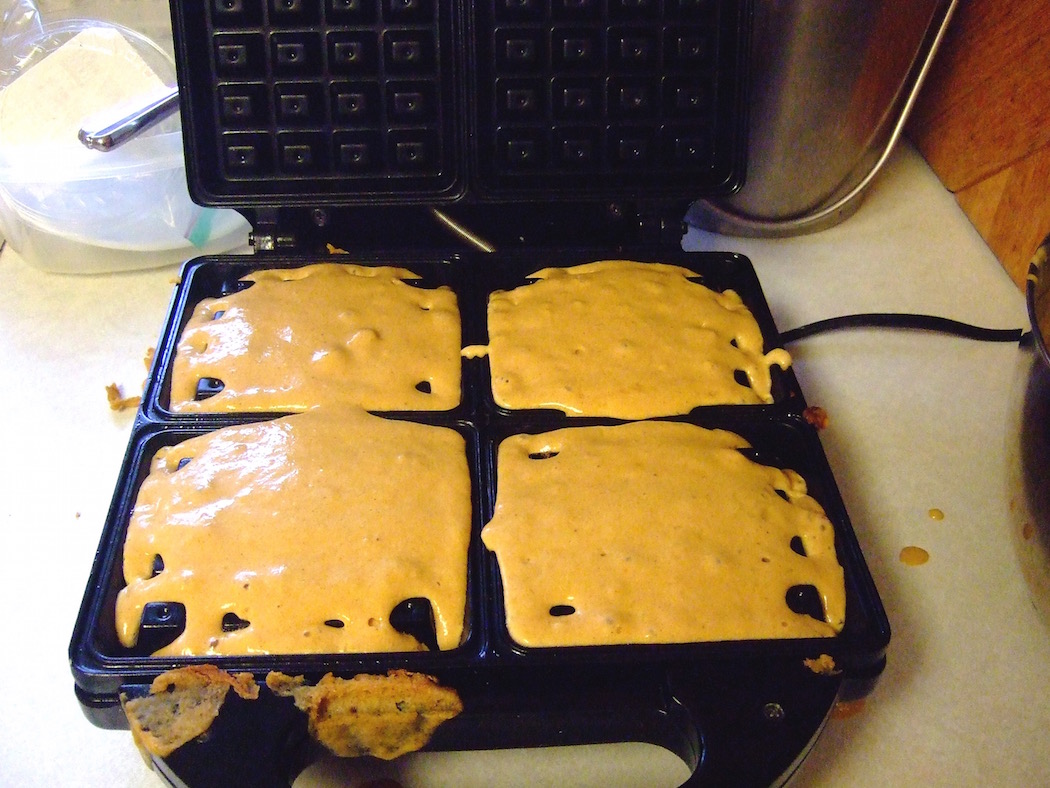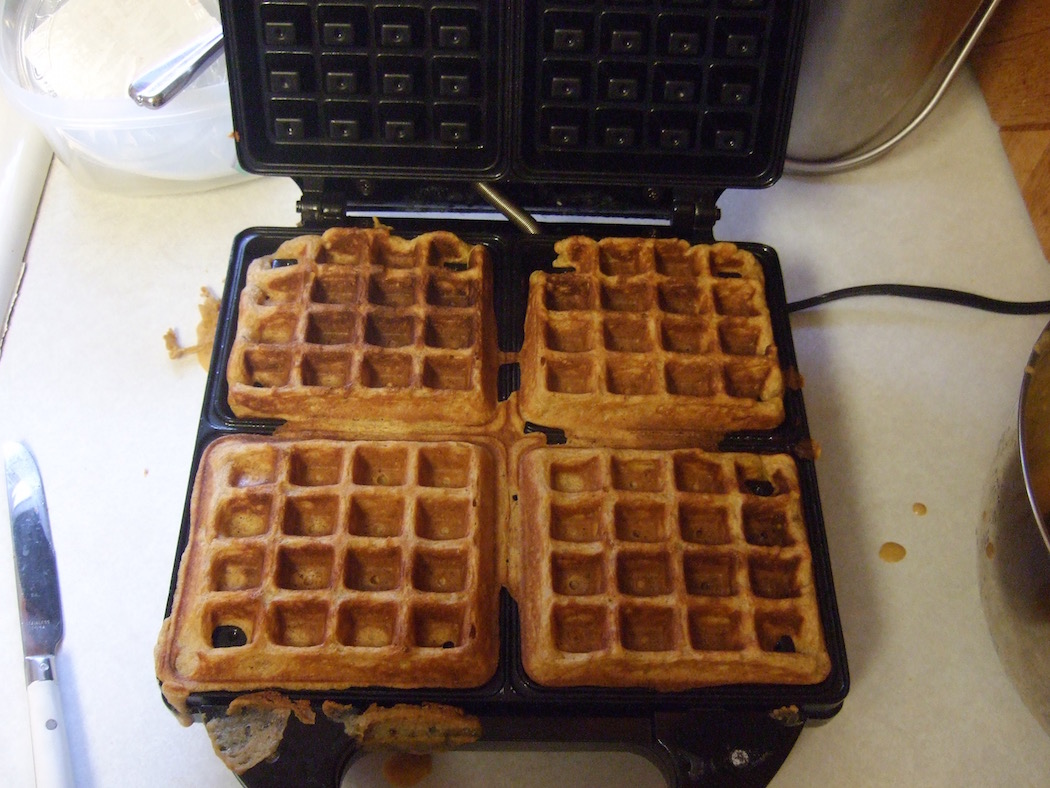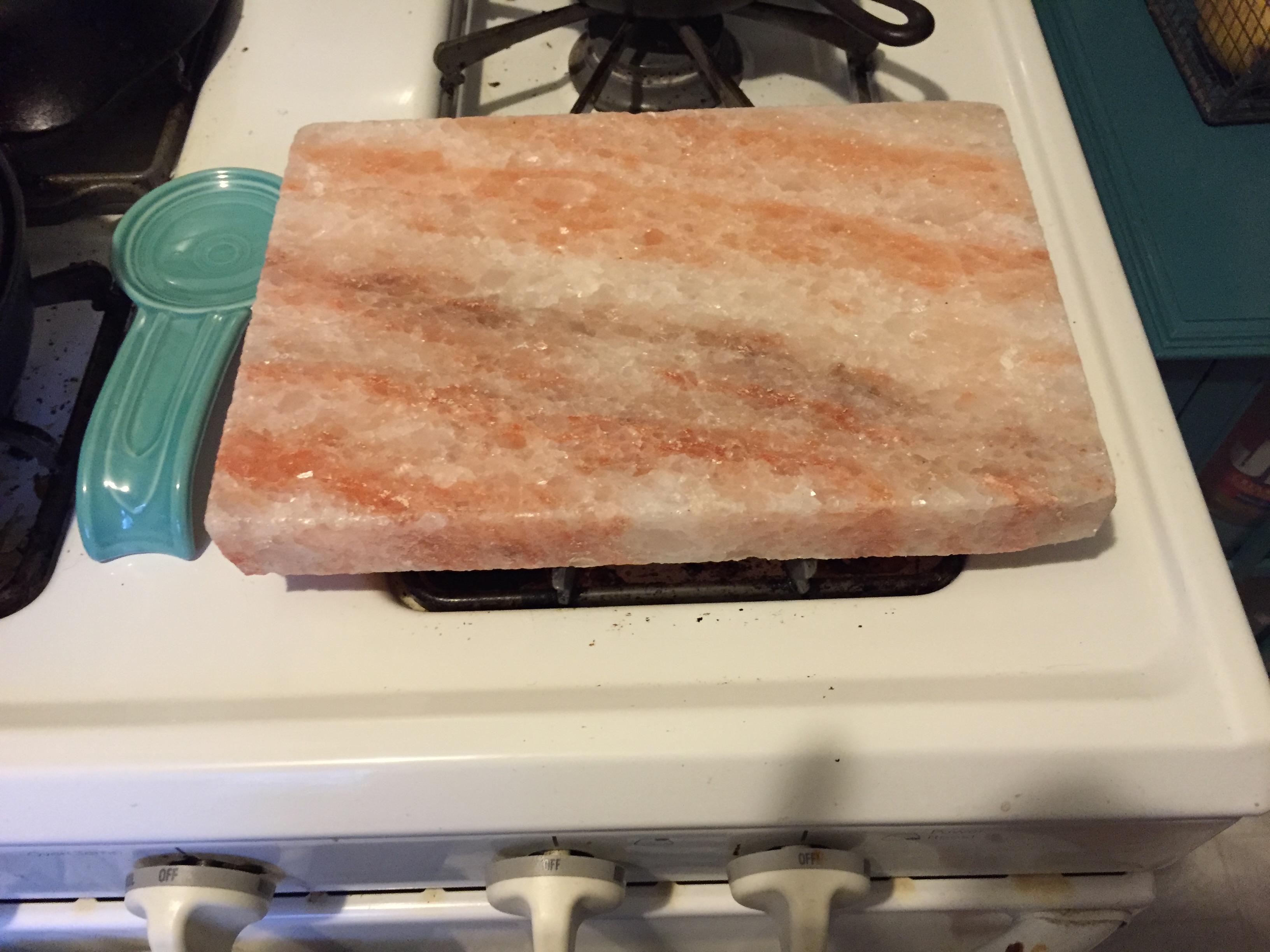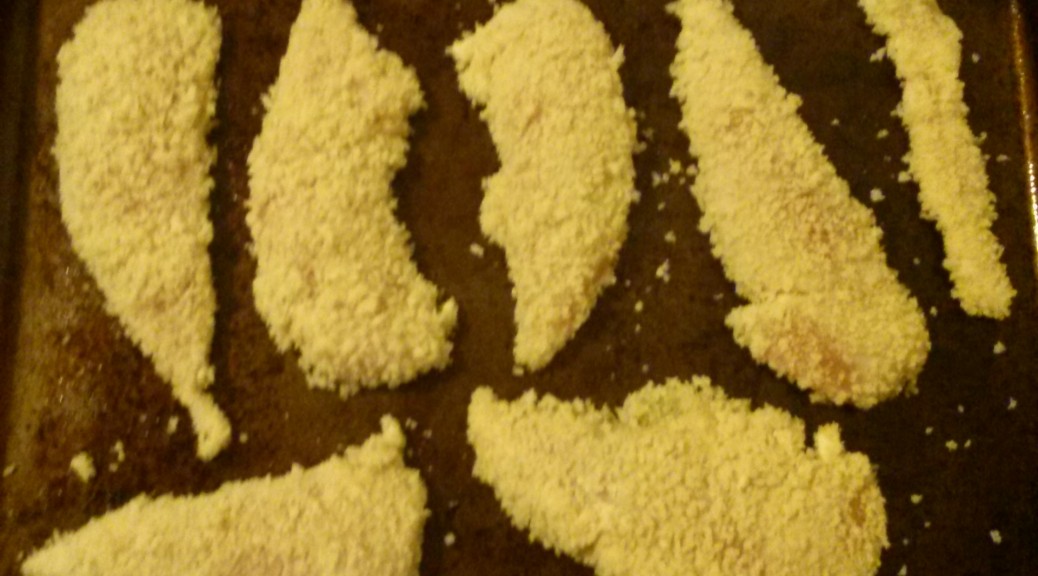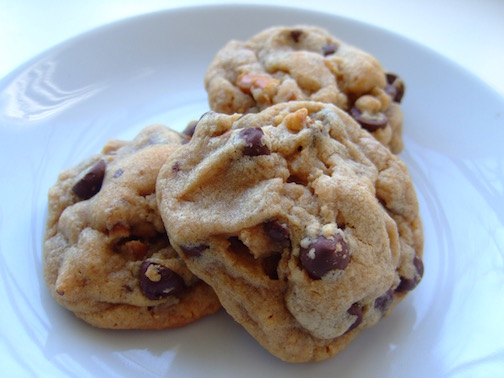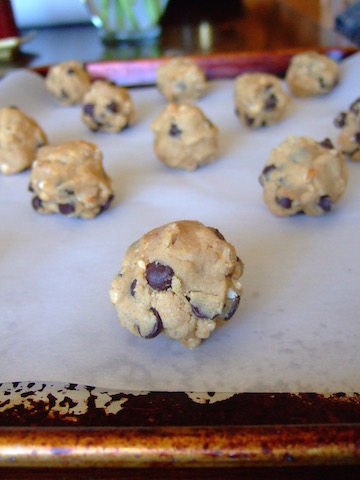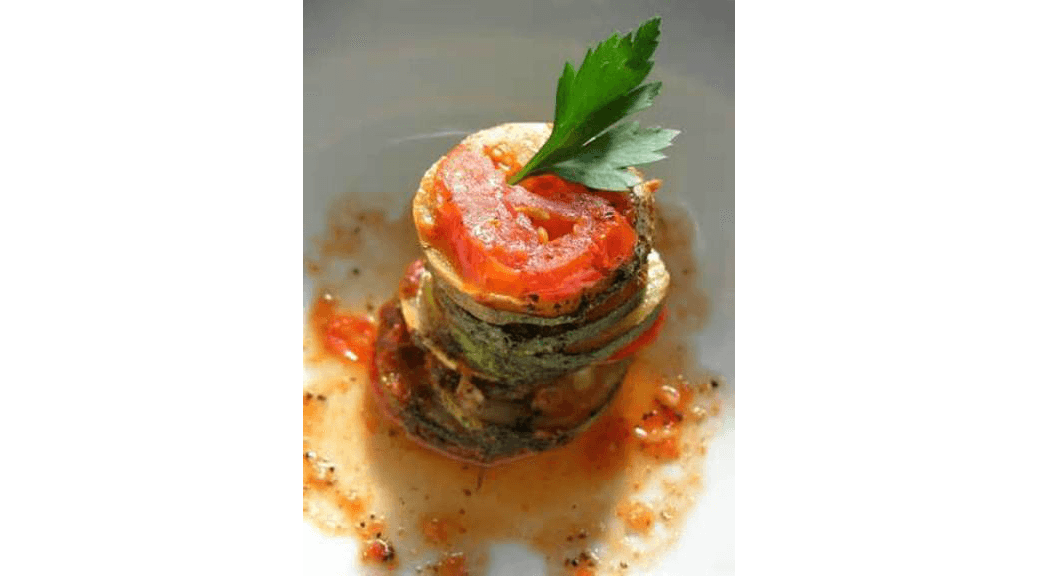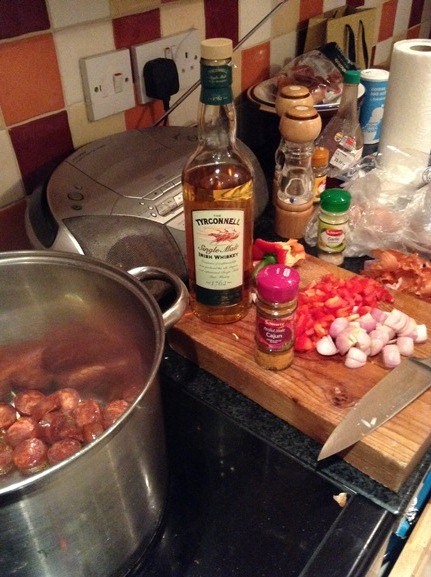I was going to recap my Wet Hop American Session Ale with homegrown Cascade hops when I realized that cheaps was likely doing brewing post for the old fundraiser
/checks drafts, smiles knowingly/
so I decided to reach back a year to my first run of jelly making.
I've canned a lot of the typical stuff: salsa, cucumbers, pasta sauce, garlic dilly beans, peppers, strawberry rhubarb jam, etc., but I'd never tried jelly before. While at the apple orchard with the family, I noted $8 bottles of apple jelly and thought, "I wouldn't mind some apple jelly, but I ain't paying no $8 for a pint!" Instead, I bought 4# of McIntosh & Fireside apples and hauled 'em home to give her a go.
I used the apple jelly recipe from my favorite canning cook book: Put 'Em Up! A Comprehensive Home Preserving Guide for the Creative Cook by Sherri Brooks Vinton.
Ingredients:
- 4# Apples
- Approx. 4 Cups Water
- 3 Cups Sugar
- 1/2 Cup Bottled Lemon Juice
Step 1
Wash & stem the apples leaving the peel and core. Roughly chop and put into a large stockpot.
Step 2
Add enough water to barely cover the apples, bring to a simmer and cook until tender, about 30 minutes. 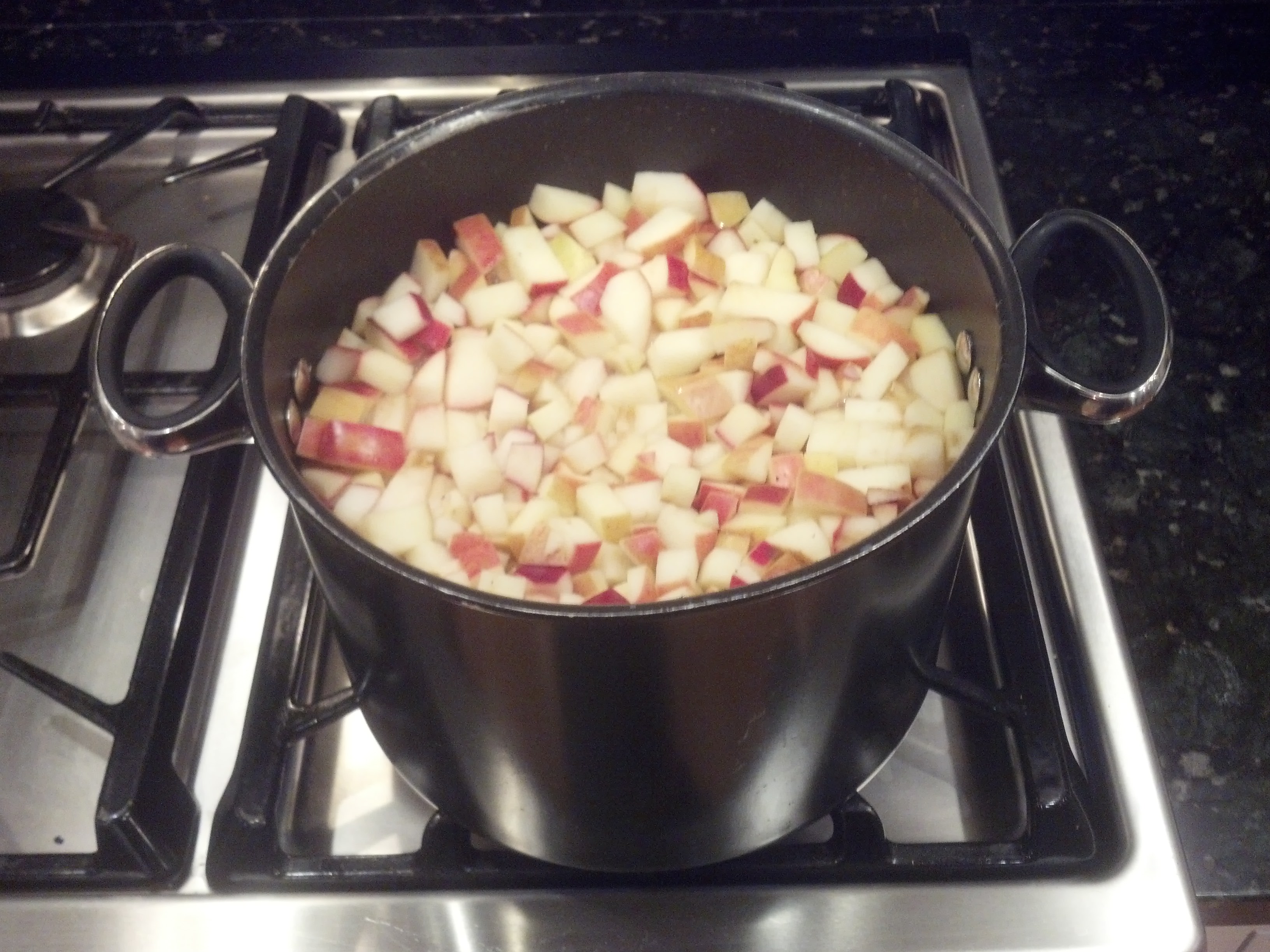
Step 3
Pour the mixture into a dampened jelly bag or colander lined with dampened cheese cloth and let drain in the refrigerator (or, in my case, the screen porch as it was mid-30's) overnight.
note: it's tempting, but don't squeeze or press the bag; it'll make the resulting jelly cloudy
Step 4
Measure 1 quart of the resulting apple juice and add it to a large saucepan over high heat. Stir in the sugar and lemon juice.
Bring to a full boil that cannot be stirred down. Continue to boil until the gel stage is reached. Remove from the heat.
Note: this was (is?) the trickiest part. although the jelly will taste fine no matter the viscosity, if you want it to hold like jelly instead of a sauce, you want it to set. I didn't use any additional pectin as apples are naturally high in the stuff... I digress - there's a few different ways to determine 'gel stage' including temperature, sheet/spoon method, or cold plate ... as you can see, I went with the thermometer.
Apple jelly sets up quickly, so you have to be ready to transfer to your storage container in a hurry.
I chose to can the jelly (1+ year shelf life) rather than refrigerate it (up to 3 weeks). Unfortunately, I was moving so quickly with hot, sweet, sticky jelly that I didn't get any pictures of the process beyond this:
- Ladle the jelly into clean, hot half-pint or pint canning jars, leaving 1/4 inch of headspace.
- Release trapped air (wooden spoon handle or small rubber spatula) and wipe the rims clean.
- Center lids on the jars and screw on jar bands.
- Process (boil) for 10 minutes.
- Turn off heat, remove canner lid, and let the jars rest in the water for approximately 5 minutes.
- Remove the jars and set aside for 24 hours.
- Check seals (lid should have sucked in - press up on the lid edge slightly with your thumb. It should not pop off easily).
- Store in your cupboard for as long as it lasts* or give as gifts (being sure to ask for the jar back).
*I don't recall how long it lasted - ended up with 6-8 jars of jelly...but it was "my" jelly, so all the effort was not wasted.

